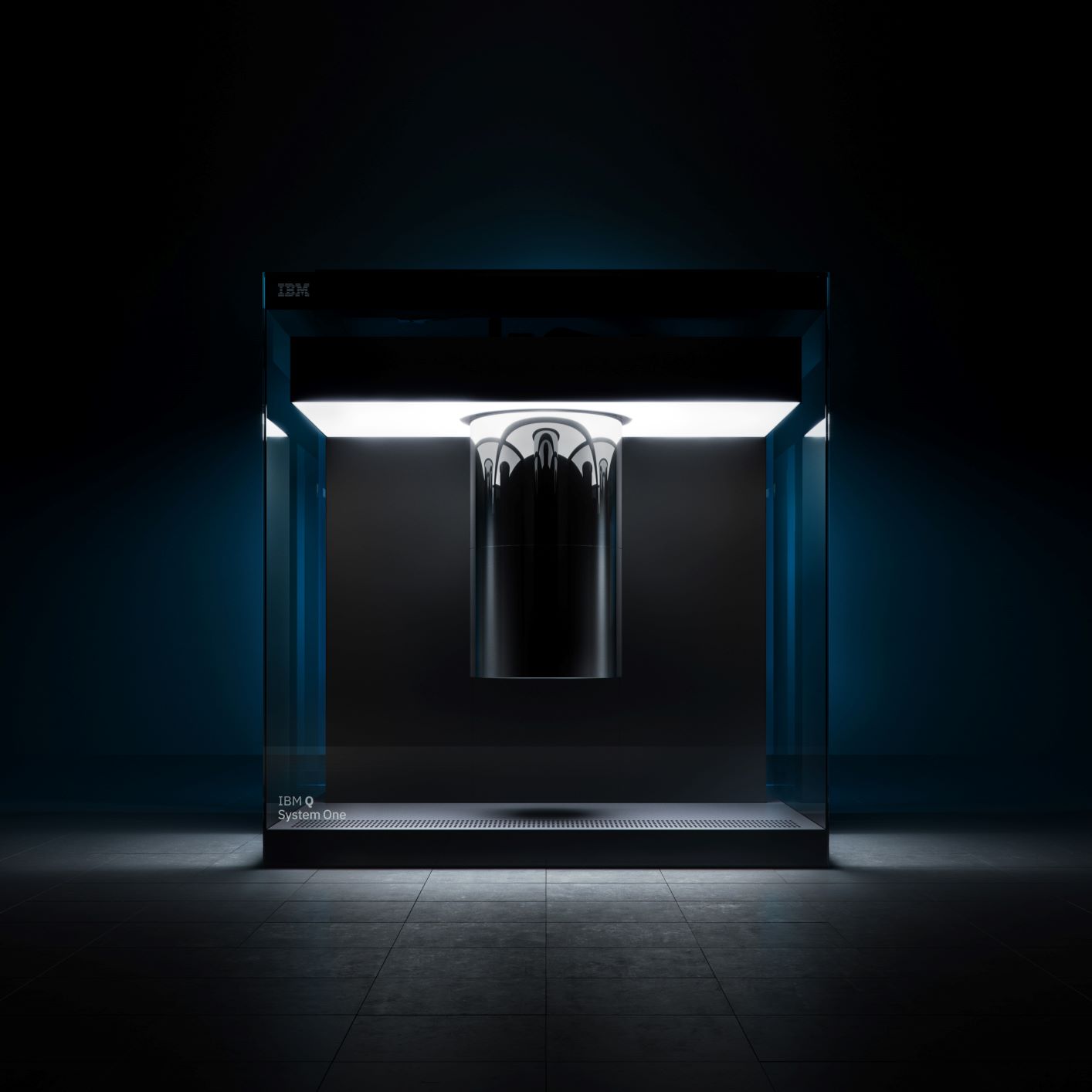
IBM today said that it has achieved the best performance in a quantum computer to date – a scientific milestone that includes the lowest error rates it has ever measured in the notoriously volatile world of quantum computing.
Performance was measured via Quantum Volume; a full-system metric that accounts for gate and measurement errors as well as device cross talk and connectivity, and circuit software compiler efficiency, IBM Q’s research team said.
The results mean performance has doubled every year since 2017. The results will be presented at the 2019 American Physical Society (APS) meeting today, where work by IBM Q scientists will be presented in more than 35 talks, as the company continues its ambitious push to build commercial universal quantum systems.
Read this: This Toolkit Turns Classical Applications Quantum
Quantum volume was measured on the recently unveiled IBM Q System One, which has a fourth-generation 20-qubit processor. The team produced a Quantum Volume of 16.
That’s double that of the current IBM Q Network devices (also 20-qubit), which have a Quantum Volume of eight. IBM Q has now been able to double Quantum Volume annually since 2017.
Despite the progress, quantum computers remain too ‘noisy’ to allow meaningful computations, with quantum switches beginning to fail after just fractions of a second, rather than the years of classical switches.
(While the building blocks of classical computing are “bits” that use the 0 and 1 vocabulary of binary code, quantum computers use “qubits” that draw on two-state quantum-mechanical systems. In theory – because quantum computers can also process multiple values simultaneously – this makes quantum computers infinitely more powerful than any supercomputer. They remain error-prone, hard to scale and require novel mathematical schemes to compensate for external “noise” however. They are also deeply challenging to programme: unlike classical computers that have at the lowest-level, circuits that use ANDs and ORs and NOTs and XORs – that is, binary gates– quantum computers use different kinds of gates like CNOTs and Hadamards that require entirely different sets of instructions.)
IBM Quantum Computing Milestone
“We have benchmarked IBM Q System One in detail and now are pleased to report some performance numbers in the context of our IBM Q Network systems ‘Tokyo’ and ‘Poughkeepsie’ and the publicly-available IBM Q Experience system Tenerife'”, IBM Q’s Dr Jay Gambetta and Dr Sarah Sheldon said.
Explaining that the performance of a particular quantum computer can be characterized on two levels: metrics associated with the underlying qubits in the chip—”what we call the ‘quantum device'”—and overall full-system performance, they pointed to “some of the best/lowest error rates we have ever measured.”
Read this: IBM Awarded Record 9,100 Patents in 2018
The average two qubit gate error is less than two percent, and the best gate has less than one percent error rate, they said: “We are achieving close to the best possible qubit fidelities on this device… To achieve error rates of 0.01% we will need to improve our coherence times to 1-5 milliseconds, a long future path with many exciting challenges to achieve this in a quantum system.”

“Along with developing a system roadmap, we are studying the fundamental physics of devices and have measured individual superconducting transmon qubit T1 relaxation times as long as 0.5 milliseconds (500 microseconds, quality factor of 15 million), revealing no fundamental materials ceiling to these devices yet. ”
“As you can see, the Noisy Intermediate-Scale Quantum (NISQ) era of quantum computing is an exciting time on all fronts — from hardware, to software, to physics, to benchmarking. There is still much to investigate and apply to continue improving Quantum Volume on real systems. We plan to make quantum computing systems with this level of performance available in the second half of 2019, upon opening our new quantum computation center in Poughkeepsie, NY.”
IBM Q’s Dr Bob Sutor added in an emailed statement to Computer Business Review: “What will it take to reach Quantum Advantage? These scientific results are the strongest we have so far. The key is to at least keep doubling Quantum Volume annually the way IBM Q has been doing since 2017. We at IBM have been on an exponential growth roadmap since 2017 and we’ll need to continue that to reach Quantum Advantage in the next decade.”
IBM Quantum Computing Performance: Results Follow Fresh Breakthroughs
The results come days after scientists at the University of Sydney for the first time demonstrated improvement in quantum computers by using codes designed to detect and discard errors in the logic gates of such machines.
“This is really the first time that the promised benefit for quantum logic gates from theory has been realised in an actual quantum machine,” said Dr Robin Harper, lead author of a new paper published late February in the journal, Physical Review Letters.
Quantum logic gates are formed by entangled networks of a small number of quantum bits, or qubits. They are the switches that allow quantum computers to run algorithms, or recipes, to process information and perform calculations.
His colleague Professor Steven Flammia added: “All systems tend to disorder. In conventional computers, systems are refreshed easily and reset using DRAM and other methods, effectively dumping the entropy out of the system, allowing ordered computation.”
“In quantum systems, effective reset methods to combat entropy are much harder to engineer. The codes we use are one way to dump this entropy from the system.”
Using codes to detect and discard errors on IBM’s quantum device, Dr Harper and Professor Flammia showed error rates dropping from 5.8 percent to 0.60 percent. So rather than one in 20 quantum gates failing, just one in 200 would fail, an order of magnitude improvement.






